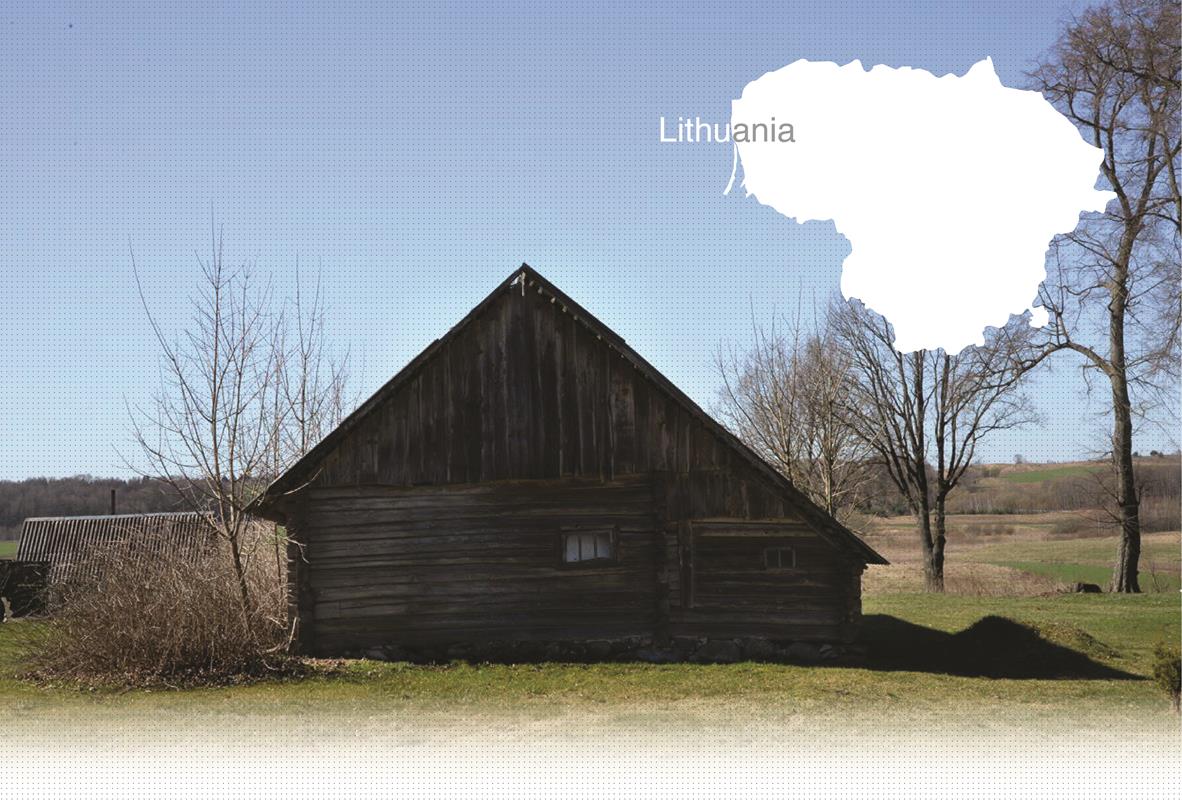

2 Killing site(s)
Witness Valerijonas V., born in 1924, recollects: “When the column turned towards the execution site, we took another path leading to it. When the Jews were brought to the site, we stayed about 100 meters away from the pit. We could see people well and distinguish men from women. But I didn’t see any people who I knew. I knew many Jews from Skuodas, but I didn’t see any of them at the pit.” (Witness N°99, interviewed in Aleksandrija, on October 10, 2014)
"...From the first day of the treacherous invasion of the German Fascist army to Kretinga Uyezd on June 22, 1941, mass arrests and extermination of Soviet civilians began in the city of Kretinga, the towns of Salantai, Palanga, Gargždai, Skuodas, Mosėdis and other inhabited localities of Kretinga Uyezd. […] In the town of and volost of Skuodas, 1206 men, women and children were shot and tortured to death." [Report of the commission to investigate crimes committed by German invaders in Kretinga Uyezd, compiled on April 11, 1945, RG-22.002M.7021-94]
Jews settled in Skuodas in the 17th century, some of them arrived there as refugees of the massacres carried out by Ukrainian Cossacks in 1648-1649. Apart from commerce and craftsmanship, the Jews of Skuodas also engaged in farming and industry, and developed trade links with Riga and Liepaja. During the inter-war period, local factories produced about 400 pairs of shoes daily and sold them throughout Lithuania. The town had several synagogues, Beit Midrash, Hebrew and Yiddish schools. Cultural life flourished around the Jewish library, choir and dramatic club. In 1939, about 2500 Jews lived in Skuodas, making up about half of the total population.
The arrests and mass executions of Jews in Skuodas started at the end of June 1941, days after the occupation of the town by German forces. Witnesses interviewed by Yahad - In Unum testified that Jews from Mosėdis and other surrounding villages were brought to Skuodas as well. Jewish men, imprisoned in the Hall of Riflemen’s Union, were shot in groups of several dozen people in several locations in the town (near the Hall and at the Jewish cemetery), as well as in gravel pits close to the village of Kulai, 2 km west of Skuodas. By the middle of July, only 20 Jewish men were left in the Hall of Riflemen’s Union. About 500 Jewish women and children were kept in the Skuodas synagogue until the end of July, and then they were escorted on foot to the Dimitravas camp, 41 km from Skuodas. The walk took two days, and guards shot those who could not proceed on the road itself, forcing locals to bury the victims. After the arrival at the camp, women and children were accommodated in two wooden barracks and shot at the foot of Alka Hill several weeks later, on August 15. 20 Jewish men who were left in Skuodas were shot on the same day.
 Read Yahad-In Unum’s report of the research trip in this area
Read Yahad-In Unum’s report of the research trip in this area
 Go to the LitvakSIG website, whose mission is to preserve Litvak heritage by discovering, collecting, documenting and disseminating information about the once vibrant Jewish community of Lithuania.
Go to the LitvakSIG website, whose mission is to preserve Litvak heritage by discovering, collecting, documenting and disseminating information about the once vibrant Jewish community of Lithuania.
Do you have additional information regarding a village that you would like to share with Yahad ?
Please contact us at contact@yahadinunum.org
or by calling Yahad – In Unum at +33 (0) 1 53 20 13 17